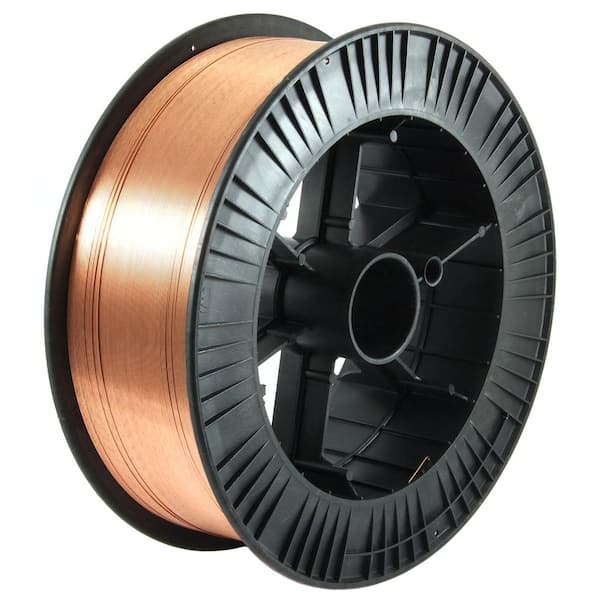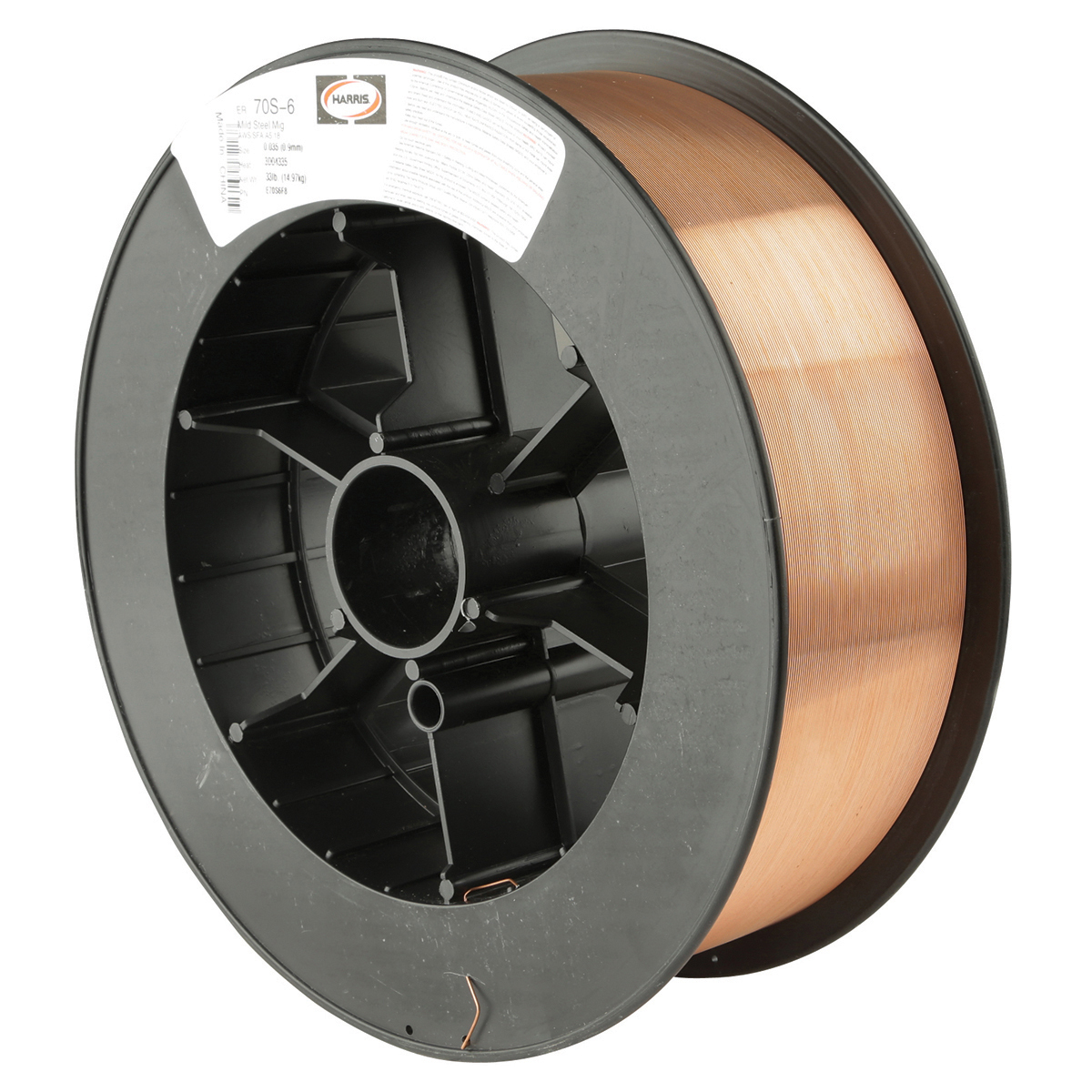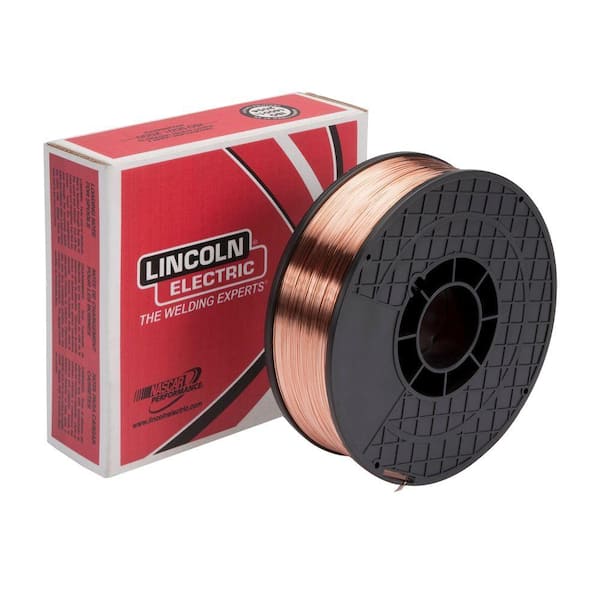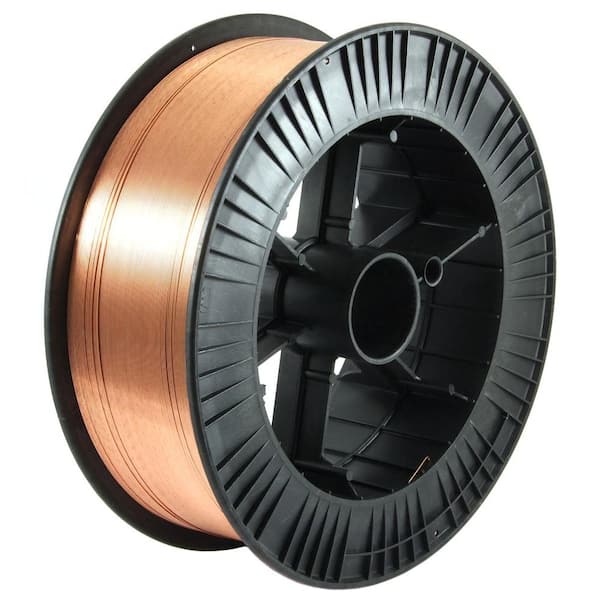In our article, we explore the fascinating world of welding wire spools and their purpose. As novice welders or curious enthusiasts, understanding the function of a welding wire spool can unlock a world of possibilities. From facilitating seamless wire feeding to ensuring smooth, high-quality welds, these unassuming spools play a crucial role in the welding process. Let us take you on a journey to uncover the mysteries behind this essential tool and uncover its significance in the world of welding.
This image is property of www.airgas.com.
Review contents
What is the purpose of a welding wire spool?
A welding wire spool is an essential tool used in the welding process. It is designed to hold and dispense welding wire, ensuring smooth and efficient wire feeding during welding operations. Welding wire spools are used in a variety of welding processes, such as MIG (Metal Inert Gas) welding, which is one of the most commonly used welding techniques.
Overview of Welding Wire Spool
A welding wire spool consists of a cylindrical container, known as the spool, on which the welding wire is wound. It is typically made of durable materials, such as plastic or metal, to ensure that it can withstand the rigors of the welding environment. The spool is designed to be easily mounted on a welding machine or wire feeder. It also features various components, such as a spool core, flanges, cages, and covers, to facilitate smooth wire feeding and protect the wire from damage.
Advantages of Using a Welding Wire Spool
Using a welding wire spool offers several advantages for welders:
Convenience and Portability
Welding wire spools are compact and portable, making them easy to transport and store. They can be easily carried to different welding locations, allowing for greater flexibility and convenience.
Cost-effectiveness
Welding wire spools are available in different sizes and capacities, enabling welders to purchase the appropriate amount of wire for their specific welding needs. This reduces waste and helps to save costs by minimizing the amount of unused wire.
Reduced Downtime
By using a welding wire spool, welders can minimize downtime in the welding process. The continuous feed of wire from the spool ensures a steady supply of welding material, eliminating the need to frequently stop and reload wire during welding operations.
Improved Control over Wire Feed
A welding wire spool provides welders with greater control over the wire feed rate. This allows for precise adjustments to achieve optimal welding results, ensuring consistent wire feeding and minimizing the risk of wire jams or interruptions.
Minimized Wire Waste
The use of a welding wire spool helps to minimize wire waste. The wire is neatly wound on the spool, preventing tangling and reducing the risk of wire damage and waste. This ensures efficient use of welding wire, saving both time and resources.
Types of Welding Wire Spools
There are different types of welding wire spools available in the market, catering to various welding requirements. Some common types include:
Disposable Spools
Disposable spools are typically used for small-scale welding projects or for occasional use. These spools are pre-wound with a specific length of welding wire and are not designed to be refilled or reused. They offer convenience and are cost-effective for short-term welding needs.
Bulk Spools
Bulk spools are larger-sized spools that are designed for heavy-duty welding operations or projects that require a significant amount of welding wire. These spools offer a higher wire capacity, allowing for prolonged welding without the need for frequent wire changes.
Mini Spools
Mini spools are compact spools that are suitable for lightweight or portable welding applications. They are smaller in size and capacity compared to standard spools, making them easier to carry and handle. Mini spools are commonly used by DIY enthusiasts or for small-scale welding projects.
Materials Used in Welding Wire Spools
Welding wire spools are constructed using various materials to ensure durability and functionality. The key materials used in welding wire spools include:
Spool Core Material
The core of the spool is often made of sturdy materials, such as plastic or metal. These materials provide structural strength to the spool and ensure that it can withstand the tension and stress of wire winding and unwinding.
Wire Flanges
Wire flanges are the circular discs located at the ends of the spool core. They provide support and stability to the wound wire, preventing it from unraveling or tangling during transportation or storage. Flanges are typically made of metal or durable plastic.
Spool Cages
Some welding wire spools feature cages or frames that surround the spool to provide additional protection and support. These cages are designed to prevent wire tangling and minimize the risk of damage during handling.
Spool Covers
Spool covers are optional accessories that can be used to enclose the spool, providing extra protection against dust, moisture, and other contaminants. The covers help to maintain the quality and integrity of the welding wire, ensuring optimal welding performance.
Sizing and Capacity of Welding Wire Spools
Welding wire spools come in various sizes and capacities to accommodate different wire diameters and welding needs. Considerations for sizing and capacity include:
Wire Diameter Compatibility
It is crucial to choose a welding wire spool that matches the diameter of the welding wire being used. The spool should have a compatible inner diameter to ensure a secure fit and prevent wire snags or jams during the feeding process.
Spool Outer Diameter
The outer diameter of the spool determines its overall size, with larger spools usually capable of holding more wire. The choice of outer diameter depends on the specific welding requirements and the size of the welding machine or wire feeder.
Spool Inner Diameter
The inner diameter of the spool should correspond to the wire feeder or welding machine’s specifications. A proper fit between the spool and the feeding mechanism is essential to ensure smooth wire feeding and prevent feeding issues.
Spool Width
The width of the spool determines the amount of wire it can accommodate. Larger widths allow for longer wire lengths, reducing the need for frequent wire changes during welding.
Wire Weight Capacity
Welding wire spools have weight capacity ratings indicating the maximum amount of wire they can hold. It is important to choose a spool with a sufficient weight capacity to meet the welding demands without the risk of running out of wire midway through a welding task.
Functions of a Welding Wire Spool
A welding wire spool serves several important functions in the welding process:
Storage and Protection of Welding Wire
The primary function of a welding wire spool is to store and protect the welding wire. By keeping the wire wound tightly on the spool, it prevents tangling and damage that can occur during transportation or storage.
Wire Feeding and Dispensing
The spool is designed to facilitate the smooth feeding and dispensing of welding wire during the welding process. The wire is pulled from the spool at a controlled rate and fed through the welding torch or gun.
Preventing Wire Tangling
The cylindrical design of the spool prevents wire tangling by providing a consistent path for the wire to unwind. This ensures that the wire feeds smoothly without interruptions, reducing the risk of welding defects and maximizing welding efficiency.
Facilitating Welding Operations
A welding wire spool enables welders to focus on the welding task at hand without interruptions. The continuous wire feed from the spool allows for uninterrupted welding, saving time and improving productivity.
Managing Wire Supply
By providing a centralized location for the welding wire, a spool helps to manage the wire supply. It reduces the risk of wire loss or misplacement, allowing welders to easily access and monitor the amount of wire available.
Enhancing Welding Efficiency
Using a welding wire spool can greatly enhance welding efficiency in several ways:
Uninterrupted Welding Process
With a welding wire spool, welders can maintain a continuous welding process without the need for frequent wire changes. This reduces downtime and improves overall welding productivity.
Reduced Machine Downtime
The continuous wire feed from a welding wire spool minimizes machine downtime. There is no need to stop and reload wire frequently, allowing welders to focus on the welding task and complete it in a timely manner.
Optimized Wire Usage
By using a welding wire spool, welders can optimize the usage of welding wire. The wire is dispensed in a controlled manner, ensuring that only the required amount of wire is fed, minimizing wastage and reducing costs.
Efficient Wire Feeding
A welding wire spool provides consistent and controlled wire feeding, resulting in efficient and accurate wire deposition. This helps to achieve high-quality welds and reduces the risk of wire feeding issues, such as wire jams or bird-nesting.
Managing Welding Wire
Managing welding wire properly is essential to ensure optimal welding performance and longevity of the welding equipment. Here are some key considerations:
Preventing Wire Contamination
Contamination of welding wire can negatively impact the quality of welds. It is important to store welding wire in a clean and dry environment, away from moisture, dirt, and other contaminants. This helps to prevent rusting, oxidation, and other forms of wire degradation.
Proper Wire Storage
Storing welding wire correctly is crucial to maintain its integrity and prevent wire damage. Wire spools should be kept upright, away from excessive heat or direct sunlight. A designated storage area should be used to protect the wire from physical damage and ensure easy access and identification.
Easy Identification of Wire Types
Different welding applications require specific types of welding wire. It is important to label or mark the welding wire spools to easily identify the wire type and prevent confusion. Clear labeling facilitates efficient inventory control and minimizes the risk of using the wrong wire.
Wire Organization and Inventory Control
For efficient wire management, it is beneficial to implement a system for organizing and tracking the welding wire inventory. This can include maintaining a log or database of wire usage, tracking expiration dates if applicable, and monitoring stock levels to ensure an adequate supply of welding wire.
This image is property of images.thdstatic.com.
Safety Considerations when Using Welding Wire Spools
While using welding wire spools, it is important to prioritize safety to prevent accidents or injuries. Here are some safety considerations to keep in mind:
Wear Proper Protective Gear
Welders should always wear appropriate personal protective equipment, such as welding helmets, gloves, and protective clothing, when working with welding wire spools. These safety measures help to protect against potential hazards, such as sparks, UV radiation, and burns.
Ensure Proper Ventilation
Welding generates fumes and gases that can be hazardous to health if inhaled. It is crucial to work in a well-ventilated area or use local exhaust ventilation systems to remove harmful fumes and maintain clean air quality.
Secure Spools and Work Areas
Ensure that the welding wire spools are securely mounted or positioned to prevent accidental falls or tip-overs. Keep the work area clean and free from unnecessary clutter or trip hazards to minimize the risk of accidents.
Prevent Falls and Tripping Hazards
Welding wire spools should be stored or transported in a manner that prevents them from obstructing walkways or creating tripping hazards. Be mindful of the positioning of the spools and ensure they are safely stored when not in use.
In conclusion, a welding wire spool plays a vital role in the welding process. It provides convenience, cost-effectiveness, and improved control over wire feeding. Welding wire spools come in different types, sizes, and capacities to cater to various welding needs. By properly managing welding wire and considering safety precautions, welders can ensure efficient and safe welding operations.
This image is property of images.thdstatic.com.






























